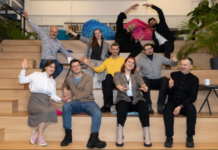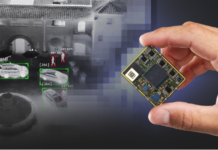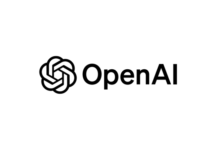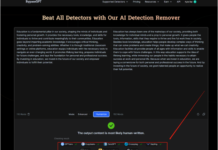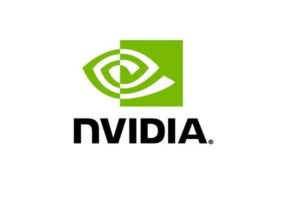
Volkswagen and NVIDIA today shared their vision for how AI and deep learning will shape the development of a new generation of intelligent Volkswagen vehicles using the NVIDIA DRIVE™ IX platform to create new cockpit experiences and improve safety.
At the kickoff of CES 2018, Volkswagen CEO Herbert Diess and NVIDIA founder and CEO Jensen Huang discussed on stage how AI is transforming the auto industry and highlighted the new I.D. Buzz, Volkswagen’s exciting rebirth of the iconic VW MicroBus, reimagined in electric car form and infused with AI technology for the cockpit and self-driving.
“Artificial intelligence is revolutionizing the car,” Diess said. “Autonomous driving, zero-emission mobility and digital networking are virtually impossible without advances in AI and deep learning. Combining the imagination of Volkswagen with NVIDIA, the leader in AI technology, enables us to take a big step into the future.”
“In just a few years, every new vehicle will be expected to have AI assistants for voice, gesture and facial recognition as well as augmented reality,” Huang said. “Volkswagen’s work with NVIDIA DRIVE IX technology will make that a reality. Together, we are building a new generation of cars that are safer, more enjoyable to ride in than anything that has come before, and accessible to everyone.”
The NVIDIA DRIVE IX Intelligent Experience platform is a software development kit for creating AI-enabled applications such as facial recognition for automatically unlocking and opening the vehicle, surround perception to alert the driver to potential hazards, gesture recognition for user controls, natural language understanding for flawless voice control, and gaze tracking for driver distraction alerts.
Focus on Intelligent Co-Pilot Capabilities
The VW I.D. Buzz will use DRIVE IX technology to create “Intelligent Co-Pilot” applications, which will include convenience and assistance systems based on processing sensor data from both inside and outside of the car. The systems can be enhanced throughout the life of the vehicle via software updates, and can gain new capabilities as further developments are made in autonomous driving. Thanks to deep learning, the car of the future will learn to accurately assess situations and analyze the behavior of others on the road, enabling it to make the right decisions.
Volkswagen’s Path to Autonomous Driving
The I.D. Buzz is part of the I.D. family1 with which Volkswagen will launch its electric car campaign and gradually introduce autonomous driving starting in 2020. More than 20 fully electric vehicle models are planned by 2025, as the automaker works toward its goal of becoming the world leader in this area.
These new models are based on the completely new MEB car architecture that is consistently geared toward zero-emission, digital mobility and making use of the electric drive’s overall package benefits. Using a battery that is integrated flat in the chassis floor and a compact drive system, they offer a generous and highly variable interior. To this end, pioneering technologies are available from the electric compact car segment, such as the operating concept featuring an augmented-reality head-up display.
From the start, the models based on the MEB architecture will offer the very latest assistance systems and will be prepared for the respective levels of autonomous driving that are available. The MEB electronic systems will also be gradually introduced to vehicles with conventional drive systems that are based on the MQB architecture.





